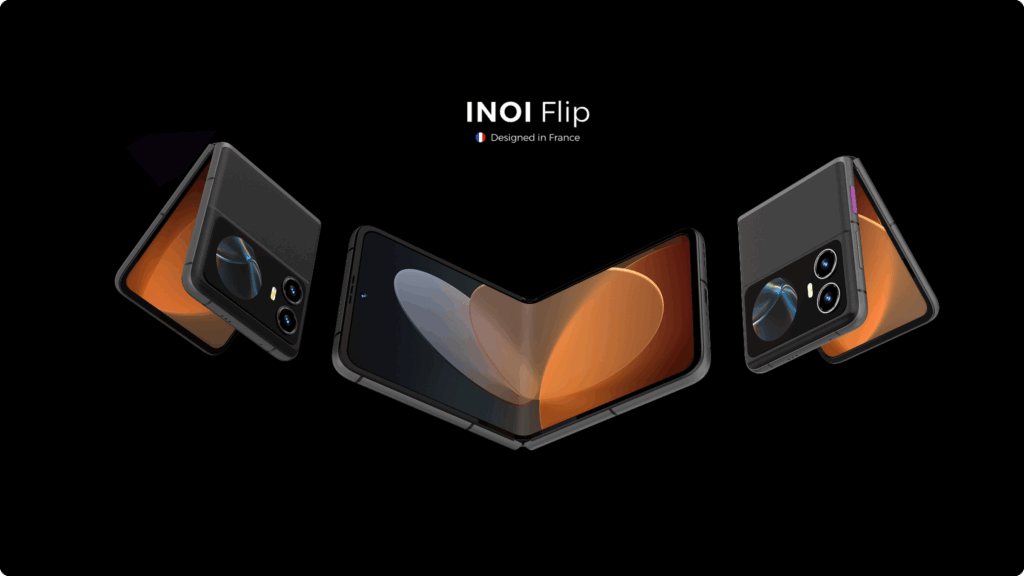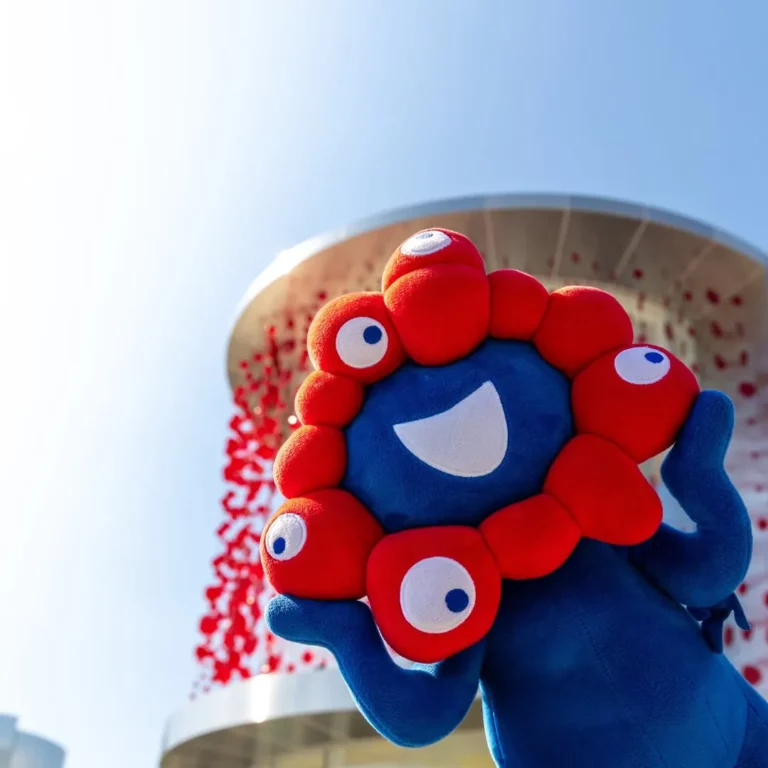Branding is often mistaken for a logo. While a logo is important, it is only the starting point. True branding is the process of creating an entire ecosystem of meaning, design, and experiences that allow people to recognize, trust, and engage with your organization across every touchpoint.
As Marty Neumeier famously wrote in The Brand Gap, a brand is not what you say it is — it’s what they say it is. Your brand lives in the minds and hearts of your audience. The logo is just the seed. The ecosystem is the forest.
Stage 1: Strategy Before Design
Before sketching a logo, branding starts with strategy:
- Purpose and Mission: Why do you exist?
- Values: What principles guide you?
- Audience: Who are you serving, and what do they care about?
- Positioning: How do you stand out in your market?
This stage sets the foundation. Without strategy, design risks becoming decoration.
➡️ Example: At Think.Green, our project with the World Vegetable Center began not with visuals, but with narrative: how to translate complex agricultural science into a compelling, human-centered brand.
Stage 2: Designing the Logo
The logo is the first visible element of your brand identity. A strong logo should be:
- Simple: Easy to recognize and remember.
- Distinctive: Standing out from competitors.
- Versatile: Working in color, black & white, and across media.
- Meaningful: Reflecting your brand story or values.
According to Design Council UK, effective design drives measurable business value — and a logo is often the entry point into that value.
Stage 3: Building the Visual Identity System
A logo alone is not enough. You need a visual identity system that includes:
- Color palette
- Typography system
- Photography and illustration style
- Iconography and patterns
- Layout rules and grids
These elements ensure consistency and recognizability across channels.
➡️ Example: For Tatada.fr, we created a visual system that extended far beyond the logo, ensuring coherence in every touchpoint from digital to print.
Stage 4: Crafting the Verbal Identity
Branding is not only visual. Words matter just as much. This includes:
- Tone of Voice: Formal or playful? Inspirational or pragmatic?
- Key Messages: What do you always want people to remember?
- Tagline or Slogan: The compact expression of your promise.
The Content Marketing Institute notes that consistent voice across platforms increases brand trust by over 30%. Your brand must sound as distinctive as it looks.
Stage 5: Extending into the Digital Ecosystem
Today, every brand must live online. The digital ecosystem includes:
- Website: The central hub for information and storytelling.
- Social Media: Visuals, tone, and interactions adapted per platform.
- Email and CRM: Consistent design and tone in direct communications.
- Ads and Campaigns: Digital marketing aligned with identity.
Your digital presence is often the first and most frequent interaction point. The challenge is ensuring that your logo, visual identity, and voice are adapted without being diluted.
➡️ For the Pavillon Monaco at Expo 2025 Osaka, we translated Monaco’s national identity into a digital ecosystem that included websites, social channels, and interactive visitor experiences — making the brand coherent from pavilion walls to online platforms.
Stage 6: Governance and Evolution
A brand is not static. It evolves. To manage this evolution:
- Brand Guidelines codify rules for logo use, colors, fonts, and voice.
- Digital Asset Libraries ensure teams use the right files.
- Training and Onboarding help staff live the brand daily.
- Periodic Reviews allow the brand to refresh without losing recognition.
According to McKinsey, strong brands continuously adapt to digital shifts while maintaining coherence. Governance ensures the balance.
The Complete Journey
Branding is a journey from logo to ecosystem:
- Strategy defines meaning.
- Logo provides the first symbol.
- Visual and verbal identity build recognition.
- Digital ecosystem makes it live everywhere.
- Governance ensures it grows with you.
It is an ongoing process — one that moves from a single mark to a living system.



